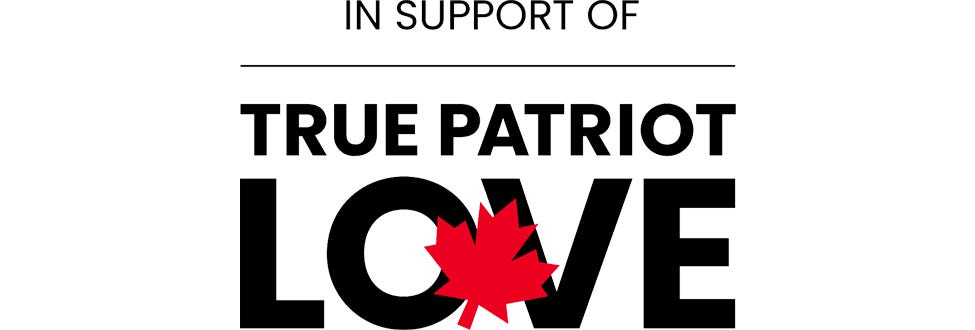The Right Tool for the Job
- Jun 8, 2020

According to an article by the New York Post, 55% of homeowners attempt a DIY project before calling professionals, and 31% of those homeowners completed the project without encountering any major problems. However, a full 32% of people admitted to abandoning the project halfway through.
Leaving a project lingering happens a little too often, but with the proper tools, skills, and research, DIY projects can not only save a significant amount of money, but can also better prepare you to tackle other jobs.
The Importance of DIY Project Planning
Planning out a DIY project usually takes more than a quick internet search and a set of hands. However, if you properly plan out your work, you can save yourself a significant amount of both time and capital.
Set the Scope of the Project
One of the very first things that should be considered is the scope of the project. Start by creating a list of everything that could be remodeled or changed. It’s generally easier to start with a complete list and then reduce the number of items, than it is to continually add additional pieces to a project.
After making a list of everything that needs to be done, it’s important to set timelines for each project. This is also the best time to consider the chronological steps within your tasks, as you may have to undo a portion of the work you have already completed to accommodate change for another step.
Getting the Right Tools for the Job
Having the right tools for the job is going to impact the success of the project considerably. Using improper tools can lead to more problems than they solve, such as using a wrench handle as a hammer, a screwdriver as a pry bar, or even overlooking the use of safety materials. All these examples can lead to injury, suboptimal results, or damage to the property. Proper research can help you determine what the right tool for the job is, but don’t be afraid to ask if you are unsure.
10 Must-Have Tools for Your Household
If you are looking to get your toolbox started, below is a list of tools that are commonly used in DIY projects:
- Adjustable Wrench — An adjustable wrench is primarily used for its ability to adjust sizes based on the nut or bolt being used.
- Flashlight — Water resistance, impact resistance, beam distance, and run time should be considered when purchasing a flashlight.
- Hammer — Some jobs will require specialty hammers, so it’s important to research.
- Level — Levels are an important factor in both aesthetics and practicality. The typical DIYer is safe to use a spirit level, as they are very easy to read and are accurate enough for most projects such as hanging pictures.
- Power Drill — Power drills come in handy when driving a screw by hand is overly tedious or requires a significant amount of force.
- Safety Gear — Safety glasses, hearing protection, hard hats, gloves, boots, and masks are the most commonly used safety items on projects. Research the proper protection needed before starting any project.
- Screwdriver — Screwdriver types are abundant, just as there's a variety of different types of screws. Know what types are needed for the job at hand.
- Pliers — There are quite a few different types of pliers. A versatile set of pliers should be adequate to handle most jobs.
- Tape Measure — A tape measure is basically a flexible, extendable ruler; they are important to have for just about any job.
- Utility Knife — Utility knives are one of the most universal tools one could own. Aside from cutting things, they are also used as an alternative tool for many applications.
Preparing Yourself for the Job
Simply owning the proper tools doesn’t always mean that the job will be done successfully. Some of the projects that you undertake may require additional skills or unfamiliar tools in order to be completed properly. Even a job as simple as hammering a nail into wood involves technique, without which can lead to injury or bent nails. In some instances, you may need to take extra effort to learn how to “become” the right tool for the job yourself.
Basic DIY Skills
In addition to researching DIY projects, there are some essential skills that one should know or practice before taking on the project. Below is a list of some basic DIY skills that may come in handy:
- Painting: Proper painting and mixing techniques are necessary to apply coats evenly and remain consistent across multiple surfaces.
- Tool Restoration: Factors such as rust or dullness can ruin tools quickly and replacing them can be expensive. Learning to disassemble tools and clean them can help them perform their best over the course of their lifetime.
- Unclogging a Sink: Households may find themselves putting things down the drain that they shouldn’t or fighting accumulation inside the drainpipes. Both things can lead to a clogged sink and having to call a plumber every time is both costly and time-consuming.
- Changing a Vehicle’s Oil: While it isn’t very expensive to have done at a shop, changing your vehicle’s oil can be done at home as well. This should be done regularly to avoid engine wear.
- Changing a Flat Tire: A flat tire often happens unexpectedly, and it can be very debilitating to experience when traveling. Learning how to use a jack and removing bolts isn’t terribly difficult but can be a huge time saver.
- Patching Holes in Drywall: Walls can show damage from nail holes and doorknobs (among other things). Most home center stores sell patching kits which include a putty knife, sandpaper, mesh, and spackle.
- Sharpening Knives: Knives dull more quickly than most people would think, requiring more force to cut with and increasing injury risk. A whetstone, mineral oil, proper technique, and elbow grease is all that’s needed to sharpen knives.
- Basic Woodworking: You can produce custom pieces or repair wooden furniture by learning a few basic woodworking skills. Normally, DIY woodworking will involve some knowledge of hand and power tools, which can be gained over time.
- Replacing Light Switches and Electrical Outlets: This is one of those tasks that looks challenging, but when executed properly, it’s safe and doable. You may only need a screwdriver and some wire cutters to remove the old switch and wire in the new one. Knowing how to turn off power to the residence, and learning wire color, are some of the basic skills needed to replace these electrical components.
Knowing When to Call an Expert
Before tackling a project, it’s important to know exactly which improvements you want to make. Often, different localities will require permits for major structural and electrical work. Contacting local contractors and the city government can help you understand which projects will require permits and should be handled by professionals. Projects involving structural repairs, potentially dangerous repairs such as gas, major electrical work, plumbing, and large-scale renovations should all be handled by professionals.
There are quite a few projects that you could do with the skills listed above. Additionally, there is an abundant amount of resources available for DIYers, including how-to videos, books, and blog articles. By gathering the right materials, the proper tools, and making sure you have the necessary foundational knowledge, you can set your next DIY project up for success!









